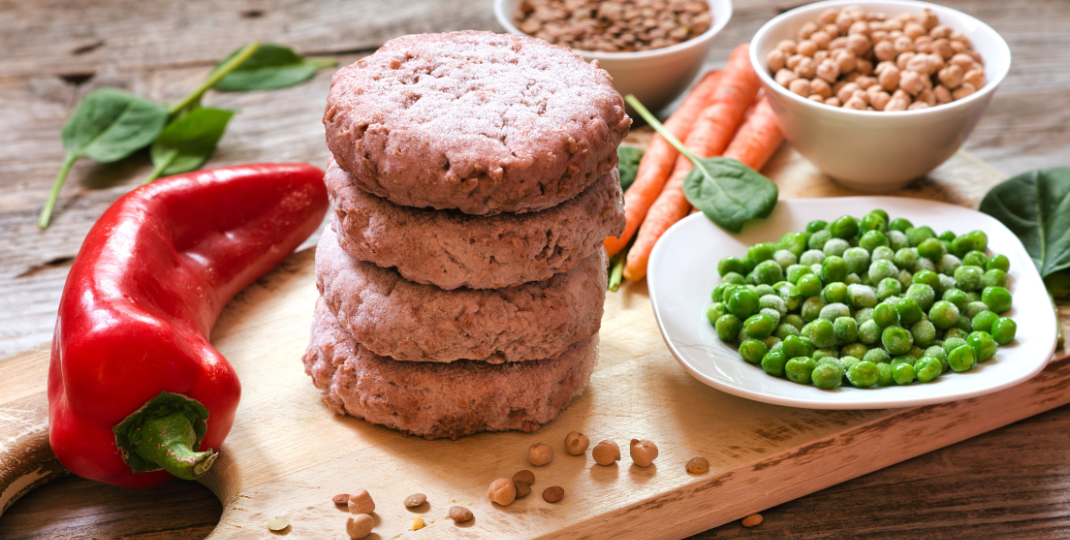Microalgae are a diverse group of photosynthetic microorganisms that have gained increasing attention for their potential as a sustainable source of lipids, which can be used for biofuel production, nutraceuticals, and other applications. The production and accumulation of lipids in microalgae cells are complex processes that involve multiple mechanisms at the cellular level. These mechanisms include lipid biosynthesis pathways, regulation of lipid metabolism, nutrient availability, environmental conditions, and stress responses. Understanding these mechanisms is crucial for optimizing lipid production in microalgae and enhancing their potential as a valuable resource for various industries.
Understanding the Regulation of Lipid Synthesis in Microalgae Cells
Microalgae cells regulate the synthesis of lipids through a complex network of genetic, biochemical, and environmental factors. Key regulatory mechanisms include the sensing of nutrient availability, light intensity, temperature, and oxidative stress, which can trigger signaling pathways that upregulate lipid biosynthesis enzymes. Additionally, transcription factors and microRNAs play crucial roles in controlling lipid metabolism by either activating or repressing key genes involved in lipid synthesis pathways. Overall, the intricate regulation of lipid metabolism in microalgae ensures proper accumulation of lipids for energy storage and membrane formation, ultimately supporting the growth and survival of these photosynthetic organisms.

What role do specific enzymes play in lipid production and accumulation in microalgae cells?
Specific enzymes play a crucial role in lipid production and accumulation in microalgae cells by catalyzing the various steps of the lipid biosynthesis pathway. For example, enzymes such as acetyl-CoA carboxylase, fatty acid synthase, and stearoyl-acyl carrier protein desaturase are responsible for converting carbon sources into fatty acids, elongating and desaturating the fatty acids, and incorporating them into triglycerides. Additionally, enzymes involved in lipid droplet formation and maintenance, such as diacylglycerol acyltransferase and lipase, help regulate the storage and mobilization of lipids within the cell. By controlling the activity of these enzymes, microalgae can efficiently produce and accumulate lipids, which are valuable for various industrial applications such as biofuel production.
How do environmental factors such as temperature, light intensity, and nutrient availability influence lipid production in microalgae cells?
Environmental factors such as temperature, light intensity, and nutrient availability play a crucial role in influencing lipid production in microalgae cells. Optimal temperatures can enhance the activity of enzymes involved in lipid synthesis, while excessive heat or cold can inhibit these processes. Adequate light intensity is essential for photosynthesis, which provides the energy needed for lipid accumulation. Nutrient availability, particularly carbon and nitrogen, directly impacts lipid production as they are key components of the lipid molecules. Imbalances or deficiencies in any of these environmental factors can lead to reduced lipid production in microalgae cells, highlighting the importance of maintaining appropriate growing conditions for maximizing lipid yields.
Are there specific genetic pathways or regulatory mechanisms that control lipid metabolism in microalgae cells?
There are specific genetic pathways and regulatory mechanisms that control lipid metabolism in microalgae cells, such as the regulation of key enzymes involved in lipid biosynthesis and degradation. For example, the transcriptional regulation of genes encoding enzymes like acetyl-CoA carboxylase and fatty acid synthase plays a crucial role in determining lipid accumulation in microalgae. Additionally, signaling pathways involving various hormones and environmental cues can also influence lipid metabolism in these cells. Understanding these genetic pathways and regulatory mechanisms is essential for optimizing lipid production in microalgae for various biotechnological applications, such as biofuel production and nutraceuticals.
What is the relationship between lipid production and other metabolic processes in microalgae cells?
Lipid production in microalgae cells is closely interconnected with other metabolic processes such as photosynthesis, carbon fixation, and nitrogen metabolism. Lipids serve as energy storage molecules in microalgae, providing the necessary building blocks for cell membrane formation and growth. The synthesis of lipids requires precursors derived from various metabolic pathways, including the assimilation of carbon and nitrogen sources through photosynthesis and amino acid metabolism. Additionally, lipid production can be influenced by environmental factors such as light intensity, temperature, and nutrient availability, which impact the overall metabolic balance within the microalgae cells. Overall, lipid production is a complex process that is intricately linked to various metabolic pathways in microalgae cells.

How do different species of microalgae vary in their ability to produce and accumulate lipids?
Different species of microalgae vary in their ability to produce and accumulate lipids due to differences in their genetic makeup, environmental conditions, and metabolic pathways. Some species have evolved mechanisms to efficiently convert carbon dioxide into lipids through photosynthesis, while others may prioritize other cellular functions such as growth or reproduction. Additionally, environmental factors such as light intensity, temperature, nutrient availability, and CO2 levels can also impact lipid production in microalgae. Overall, the diversity of microalgal species allows for a range of lipid accumulation capabilities, making some more suitable for biofuel production or lipid extraction than others.
What are the potential applications of understanding lipid production mechanisms in microalgae for biotechnological purposes?
Understanding lipid production mechanisms in microalgae can have various biotechnological applications, such as biofuel production, pharmaceuticals, and nutraceuticals. By uncovering the pathways and regulatory mechanisms involved in lipid biosynthesis, researchers can optimize cultivation conditions and genetic engineering strategies to enhance lipid content in microalgae. This can lead to the development of sustainable and renewable sources of biofuels, as well as valuable compounds like omega-3 fatty acids and antioxidants for use in healthcare and nutrition industries. Additionally, understanding lipid production mechanisms in microalgae can contribute to the development of novel bioproducts and bioremediation solutions, making it a promising area of research with diverse applications.
Can we manipulate lipid production in microalgae cells through genetic engineering or metabolic engineering strategies?
Genetic engineering and metabolic engineering strategies have been successfully used to manipulate lipid production in microalgae cells. By introducing or modifying genes that are involved in lipid biosynthesis pathways, researchers can enhance the lipid content of microalgae for various biotechnological applications such as biofuel production. Metabolic engineering approaches involve manipulating the metabolic networks within the cells to redirect precursors towards lipid production. These methods have shown promising results in increasing lipid yield in microalgae, demonstrating the potential for further optimization and scale-up of lipid production through genetic and metabolic engineering techniques.
The Intricate Mechanisms Involved in Lipid Production and Accumulation in Microalgae Cells
In conclusion, the production and accumulation of lipids in microalgae cells involve a complex interplay of various mechanisms. These include the uptake of carbon dioxide through photosynthesis, the conversion of carbon sources into fatty acids through metabolic pathways such as the glycolysis and the tricarboxylic acid cycle, and the storage of lipids in lipid bodies within the cell. Additionally, environmental factors such as nutrient availability, light intensity, and temperature also play a crucial role in regulating lipid production in microalgae. Understanding these mechanisms is essential for optimizing lipid production in microalgae for various applications, including biofuel production and pharmaceuticals.
